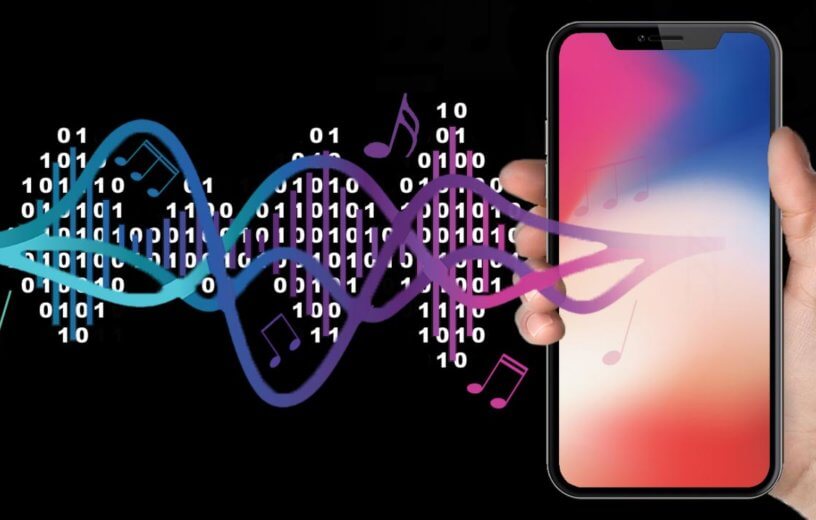ZURICH — Imagine checking into your hotel room and hearing a song play. Within that song is the access data for the hotel’s WiFi network, and as soon as your smartphone’s built-in microphone picks up the song you’re connected to the hotel WiFi. It sounds farfetched, but two doctoral students in Zurich, Switzerland have developed a method of doing just that; embedding and relaying data through the use of music.
Amazingly, Manuel Eichelberger and Simon Tanner say that all of this is possible without making any noticeable changes to the music, at least to the human ear. “Our goal was to ensure that there was no impact on listening pleasure,” Eichelberger explains in a release.
While the method is still very much being perfected, the two students say that so far they’ve been able to transfer up to 400 bits per second of data without the average listener noticing anything unusual about the music. However, researchers explain that most data transmissions will likely be around 200 bits, or 25 letters, per second, in order to guarantee a certain level of quality.
“In theory, it would be possible to transmit data much faster. But the higher the transfer rate, the sooner the data becomes perceptible as interfering sound, or data quality suffers,” Tanner says.
Eichelberger and Tanner say that they are able to hide the data within music by overlaying the dominant notes in a song with two marginally deeper and two marginally higher notes. Additionally, they also add a few slightly deeper and higher notes to the music’s harmonics. While human ears can’t pick up these extremely discreet musical additions, its within these notes that researchers carry the data. We can’t hear the difference, but smartphones and other electronics can.
“When we hear a loud note, we don’t notice quieter notes with a slightly higher or lower frequency,” Eichelberger comments. “That means we can use the dominant, loud notes in a piece of music to hide the acoustic data transfer.”
Subsequently, the best music for these transfers tend to be songs with more dominant, louder musical notes. For example, a pop song would be more suitable than a subdued, classical piece of music.
Researchers say their new approach is very different from the well established RDS method used in car radios to transmit and display radio station’s names and song details. “With RDS, the data is transmitted using FM radio waves. In other words, data is sent from the FM transmitter to the radio device,” Tanner comments. “What we’re doing is embedding the data in the music itself – transmitting data from the loudspeaker to the mic.”
The study was presented at the 44th IEEE International Conference on Acoustics, Speech and Signal Processing.
